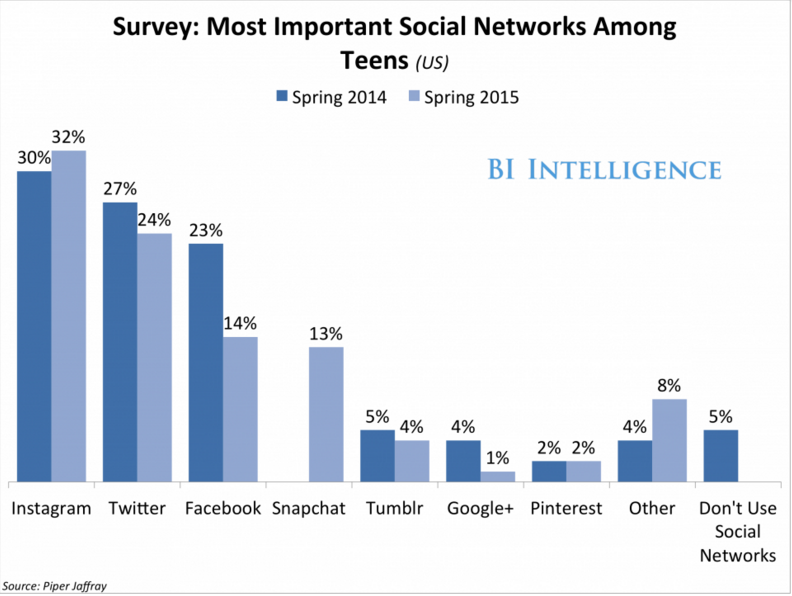Do you know the one piece of HR technology that hasn’t been created, yet? The Diva Detector!*
Wouldn’t that be nice? “Hey, Mr. or Ms. Candidate, please look into the DD 2.0 and don’t blink….Yeah, looks like you’re a straight-up diva, and sorry, but we’re fully loaded up on those at the moment. Please feel free to test again in 30 days. If your diva levels come down to just a know-it-all, you’ll be reconsidered!”
We tend to hire high maintenance employees because they’re very good at hiding their diva-ness during the interview process. Sometimes they even hide it through the probationary period of their employment. Those are the really hard-to-handle ones because they know they’re divas and hide it long enough to make your life difficult.
The question is, what do you do once you have a high maintenance employee?
I’ve had to deal with this in every single HR stop of my entire career, usually with a line out the door waiting to one-up each other on who has the biggest diva flag.
The thing about high maintenance employees is they usually want more attention than a normal employee. It’s this need for attention that drives you nuts, their manager nuts and all the other employees around them. The key is getting them to focus on what the organization needs from them, not what they need from the organization. So, how do you do that?
Well, usually, high maintenance employees become a problem because their direct supervisor doesn’t stop this issue immediately when it comes to light. But, this is common, especially with new hiring managers, so it’s critical to work with them and help them become better managers.
High maintenance employees are at their best when they can divide you and the hiring manager. You can’t allow this to happen. You have to make a plan with the hiring manager and stick to it. The best way to box in a high maintenance employee is to never allow them to play two parties against each other. “Well,” they might say, “my boss said I could lead, then Jenny just took over, and I’m the one…”
You see where this is going!
As soon as this starts, you just need to say one thing, ” I’m going to call in your boss and Jenny so we can all talk.” To which they’ll probably say: “You don’t need to do that. You’re in HR! I thought this was confidential!” (I love that one, by the way. I’m not a lawyer, I’m an HR leader, there’s a big difference.)
My reply to this, delivered in very calm, even-keeled manner is, “I can see this is very important to you, so I don’t want anything to get misinterpreted, it’s best that we get all of us together and get on the same page.”
High-maintenance employees hate to be on the same page because they get their power from the lack of communication within organizations. So the best way to limit their impact is to get everyone in the same room and nip the issue in the bud before it gets way out of hand.
(*Remember how I mentioned how great a Diva Detector would be? This isn’t exactly that…but Jellyvision’s unique recruiting process is a pretty close second. Check out how they weed out divas and slackers right here. It’s good stuff.)

